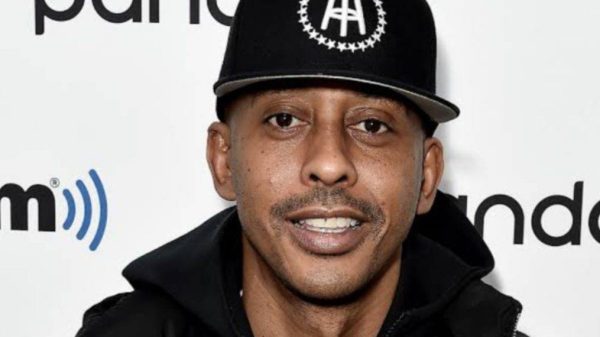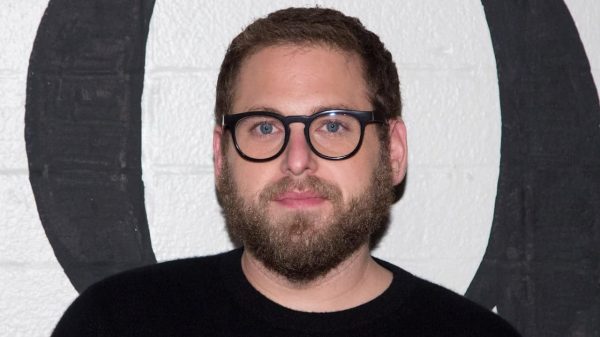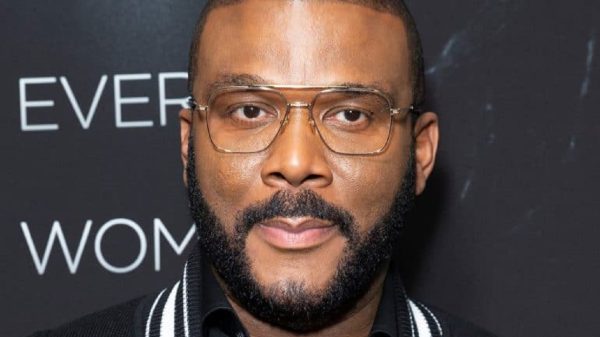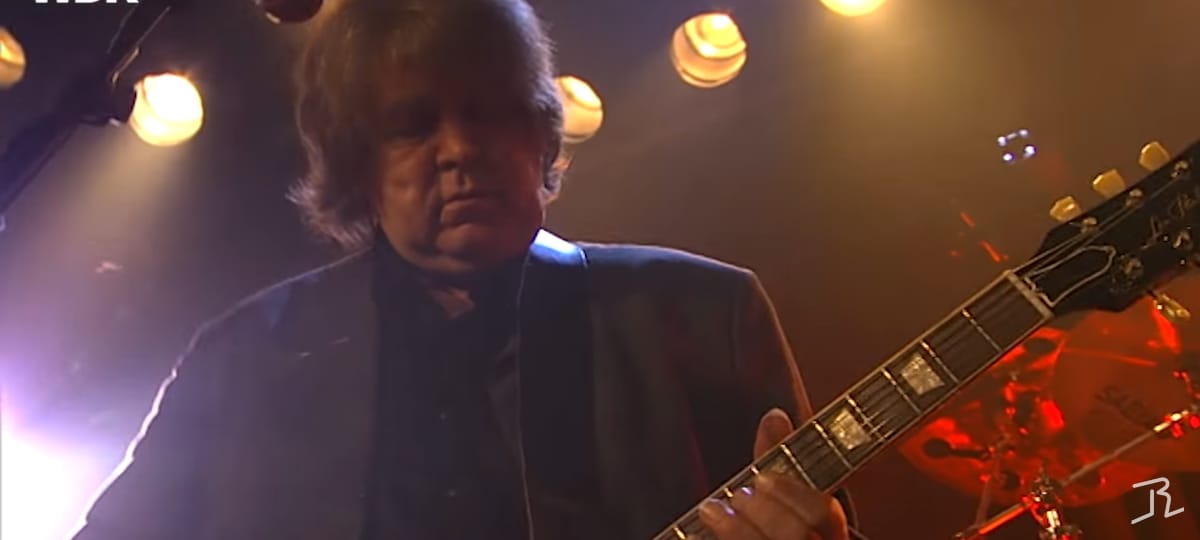The popular Guitarist is widely acknowledged as a musician who is technically versatile and accomplished in the field of music. Michael Kevin Taylor, also known as Mick Taylor, was born on January 17, 1949, and is known to be an English Guitarist who is popular as John Mayall’s Bluesbreakers (1967 to 1969) and the Rolling Stones (1969 to 1974).

The Band Playing At A Concert (Source: YouTube)
He appeared on the albums Let It Bleed in 1969, Get Yer Ya-Ya’s Out! by the Rolling Stones in a concert of 1970, Sticky Fingers in 1971, Exile On The Main Street in 1972, Goats Head Soup in 1973, and It’s Only Rock n’ Roll in 1974.
Some Personal Bits Of The Guitarist
He was born in a working-class family in Welwyn Garden City but was raised in Hatfield, Hertfordshire, England. He started playing guitar when he was nine years old and learned the skill from his mother’s younger brother.
In his teenage, he formed a band with his schoolmates and started performing concerts under the names The Juniors and The Strangers. He also made his television appearance when he put out his first single.
His Career Ladder
When Brian Jones and The Rolling Stones parted their ways in June of 1969, John Mayhall and Ian Stewart recommended Taylor to Mick Jagger. He overdubbed the guitar on ‘Country Honk’ and ‘Live With Me for the album Let It Bleed, and the single Honky Tonk Women released in the UK on July 4, 1969.
In 1973 there came It’s Only Rock n’ Roll which was released in October 1974 and started by November 1973, but at that time, Taylor underwent surgery for acute sinusitis and missed some of his sessions with the band when they began working on the latest production It’s Only Rock n’ Roll at Musicland Studios in Munich.
Taylor also went on a six-week expedition to Brazil to travel down the Amazon River in a boat in order to explore Latin music just before the release of the album in October 1974; that is the time when Taylor told Nick Kent from the NME about the new LP he had co-written ‘Till The Next Goodbye’ and ‘Time Waits For No One with Jagger.
He said that he was a bit peeved about the thought of getting no credit for a couple of his songs, but that wasn’t the complete reason behind him leaving the band; it just felt to him as if he had had enough of it, and he decided to exit in order to start a group of his own with Jack Bruce.
He never really felt that he was going to stay there with the Stones forever; even since the beginning of it, he had no fixed decision made to stick around for long. In an essay that was published after Taylor’s resignation from The Rolling Stones written by the New York Times, Music Critique Robert Palmer wrote that Taylor is the most accomplished technician who ever served as a stone.
Also, a Blues Guitarist with a jazzman’s flair for melodic intervention, and Taylor was not a Rock and Roller nor a Showman. In 1977 he attended a London-based session for the John Phillips album Pay Pack & Follow, appearing on several other tracks alongside Jagger, the vocalist; Richards, the Guitarist; and Wood, the base.
Taylor worked on many projects during this tenure with the Rolling Stones, and in June of 1973, he joined Mike Oldfield onstage at Queen Elizabeth Hall in a performance of The Oldfield’s Tubular Bells.
After resigning from Rolling Stones, Jack Bruce invited Taylor to form a new band with Keyboard player Carla Bley and Bruce Gary as Drummer. He appeared as a guest of Little Feat at the Rainbow Theatre in London in the year 1977.

The Band at a concert (Source: Youtube)
Mick Taylor performed as the lead Guitarist solo on the 1988 Joan Jett and Blackheart’s top 10 single ‘I Hate Myself For Loving You. He was a guest with the grateful dead on September 24, 1988, at the last show of that year’s Madison Square Garden that ran in New York.
Why Did Mick Had To Go?
He changed a lot after the exile on the main street sessions by Glyn Johns in the southern part of France. He turned from being a quiet and softly spoken, charming young man into a raving egomaniac junkie.
Taylor said his goodbyes to the band on December 12, 1974, just before The Rolling Stones recorded Balck & Blue. He was playing with British Blues legend John Mayall when The Rolling Stones fired Brian Jones because of his drug abuse in 1969.
Mayall added Taylor to the group, and he made his live debut at the free Hyde Park show in London, which was performed for around 250,000 people.
Taylor wasn’t entirely happy with his participation as he was much younger in age comparing the other members of the band, and he used to play below his skills. In the Documentary Crossfire Hurricane, he admitted that he became addicted to Heroin while living in the eye of Rolling Stones.
And he decided to leave the band to try to protect his family from the band’s toxic lifestyle. On December 12, 1974, the band was at a party in London when he broke the news to Mick Jagger and walked out on the band; he was later replaced by Wood.
Taylor went on a long, fruitful career though he never enjoyed the kind of fame he had with the Stones or the kind of money that they provided, he was seen living in poverty, but he was stuck on his decision and would do the same again if such situation arises he says.
It doesn’t necessarily follow that just because you’re in a successful Rock n’ Roll band, and you’re going to stay in a situation like such and be satisfied with it. For Taylor, it was personally restricting; he never said that it wasn’t fun though it was great he had to move on to something that won’t consume him.
He says that he has no regrets whatsoever, and he doesn’t wallow in nostalgia. After 5 years of time, he walked out of the band, and It was more or less like a roller coaster; there were huge stadium tours, The longest of all was a six weeks tour; it was also the longest they ever played on stage.
It was maybe an hour and a half long, but now there is just too much history to be drawn as now they do two-hour shows too.
























